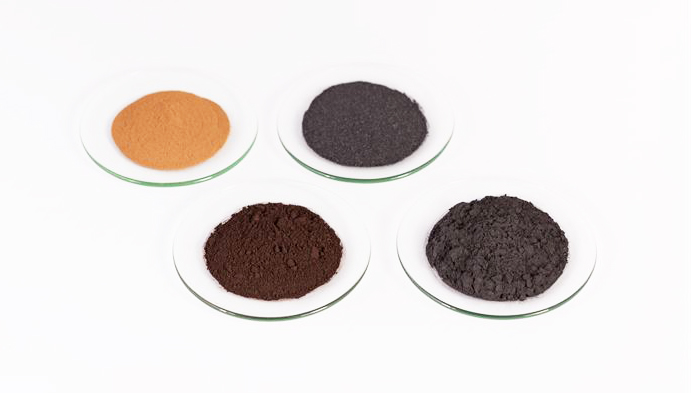

Forest industry company Stora Enso constructs a pilot plant at its Sunila pulp mill to manufacture materials for rechargeable batteries from special dry lignin. Investment of ten million euros will be taken into use in 2021.
Black liquor, which is a by-product of pulp production, has traditionally been burnt directly into energy at the forest industry plant. However, due to the increased energy-efficiency of pulp mills, there is room for more valuable uses of black liquor.
The pilot plant aims at producing a completely bio-based, non-toxic and ultimately more effective alternative to the fossil graphite used in rechargeable and other batteries.
The use of graphite in batteries is based on the fact that it is a good conductor of electricity. Traditionally, the anode of lithium-ion batteries is made of natural graphite.
The purpose of the pilot mill is that the eventual customers of anode material can test it in their product manufacturing. Further research on the material aims at a battery that can be charged and discharged more rapidly and is more powerful. If this is achieved, fewer batteries are needed to store the same amount of electricity.
In manufacturing the anode material, the oxygen contained by lignin is removed, causing a significant loss of weight in the material. If industrial-scale manufacturing of the material is started in Sunila, the current output of lignin will be enough to produce material for about 200,000 batteries for electric cars per year.
According to Lauri Lehtonen, Head of Innovation (Biomaterials) at Stora Enso, this would be a significant figure.
Graphite is the most common form of carbon in nature. It is derived by mining, it is a fossil raw material and, in addition to rechargeable batteries, it is used most commonly in electric motors, as a lubricant, in nuclear reactors and in graphite pencils.
Natural graphite contains a great deal of impurities, such as metals, which must be removed before use. The removal processes require use of toxic acids.
The graphite currently used in rechargeable batteries is often synthetic, but that, too, is based on a fossil by-product of the oil industry. Its use requires comparatively complicated processes and it is also becoming scarcer.
The global market of rechargeable batteries is predicted to increase tenfold in five years. According to Stora Enso, the demand for lignin-based anode material has a higher growth potential than anything seen in the entire history of the forest industry.
The growth in demand can also be satisfied by the use of lignin: after cellulose, it is the most common macromolecule in nature. Lignin is found in all plants and has so far very few industrial uses.
If made from black liquor, a by-product of pulp manufacturing, it will not directly increase the use of wood, which also increases the probability of there being enough of it to meet demand.
